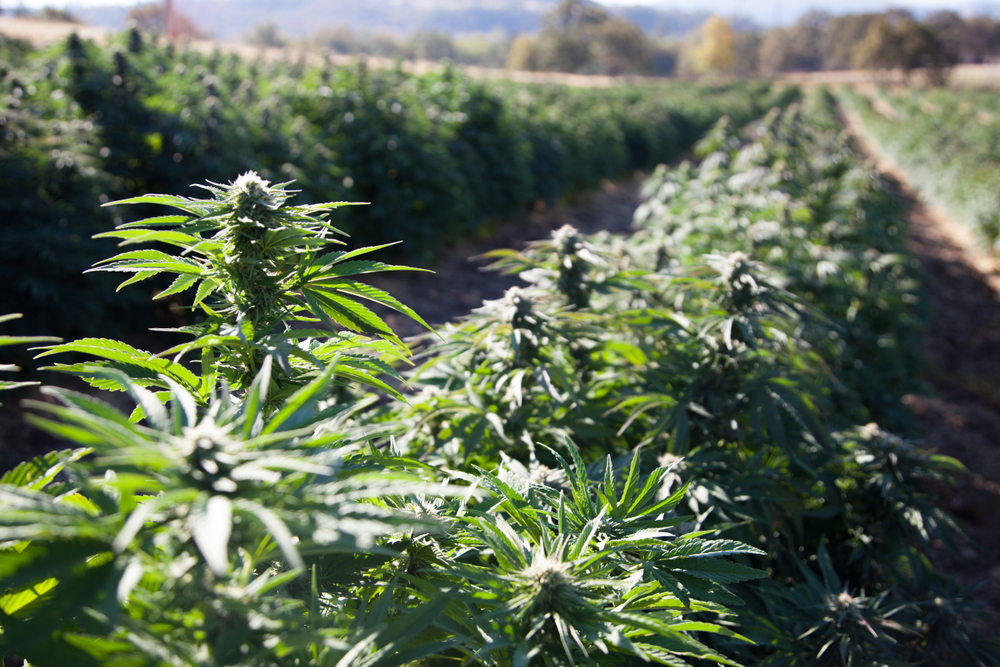The USDA just released the results of the first-ever national hemp survey. Here’s what it entails.

Just a few years ago, hemp was sold as the next big cash crop, with the 2018 Farm Bill pushing production along. The bill formally distinguished between hemp and cannabis and opened up the market for producers to flood in. Thousands of people began farming hemp, but up until now, there haven’t been any clear indications of the size, scale or demographics of producers.
Now, with the first national hemp survey, we have some answers. And while the numbers aren’t necessarily surprising, they are concerning. They indicate that hemp may not have been the cash crop it was made out to be.
More than 54,000 acres of hemp are grown in the United States, worth roughly $824 million, according to the survey. Today, the USDA released the results of the survey, which collected data from growers across the country last fall.
The survey breaks down the type of hemp grown (grain, floral, fiber, seed or industrial), where it’s grown and who is producing it. The biggest sub-section of hemp grown is used for fiber, with 33.2 million pounds, worth $41.4 million.
[RELATED: Will Hempcrete Ever Catch On?]
Unsurprisingly, Colorado planted the most hemp in 2021, at roughly 10,000 acres. Montana, Oklahoma, Texas, Minnesota and California round out the top six production states.
As for who is growing hemp, the survey shows that the vast majority, 82 percent, of hemp growers are male, with an average age of 51. Most growers are white, with only 10 percent of producers identifying as another race. For just over half of hemp producers, this is their first farming work; 58 percent of producers have fewer than five years of experience on any farm at all. That could show that hemp is a crop bringing people from other fields or careers to the agricultural industry.
The survey also lists the hemp that was harvested but not sold. In Colorado, that amounted to nearly 1,200 pounds or a loss of roughly $51,000. In Vermont, only 838 pounds of hemp was destroyed, but at a regional market value of $265 per pound, that’s more than $220,000. Under the 2018 Farm Bill, hemp that has a THC concentration of more than 0.3 percent must be destroyed.
$265 a pound? For a fiber crop? How could that high value be real??
plant hemp to deter the marijuana grows with pollination. people pay to have a civil, lawful, crime free society.
Can it be used for some other source instead of being destroyed or burned?.that is so sad .Why is Tennessee being punished and not the Pacific Northwest?
The survey results show that the hemp industry is still in its early stages and that the majority of hemp producers are smaller-scale operations. This indicates that hemp may not be the cash crop that it was made out to be. With this information, it’s important to consider the potential implications for farmers. What are some of the other challenges they face in getting the most out of this crop?